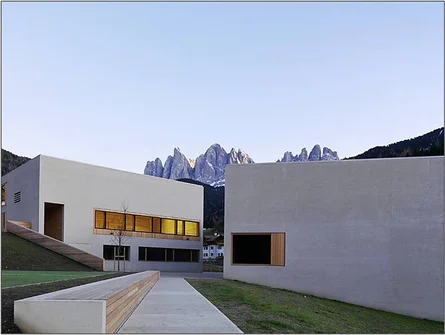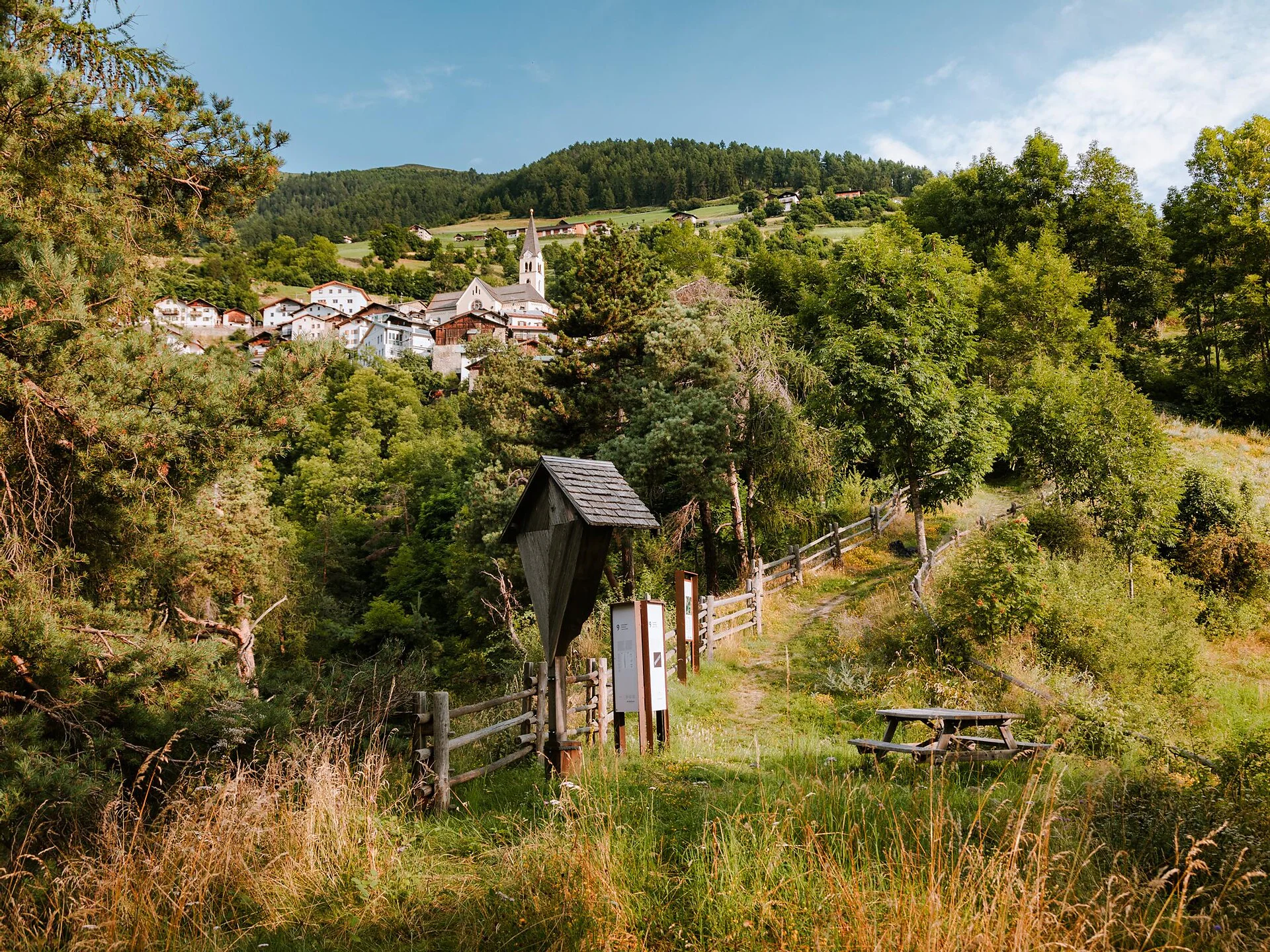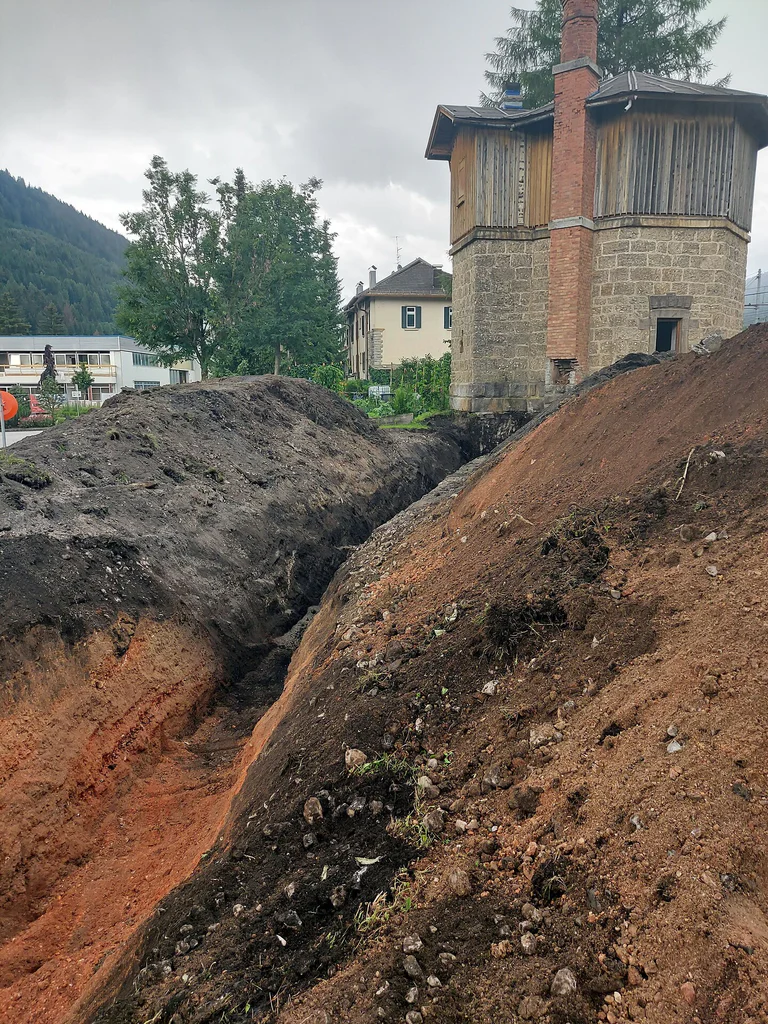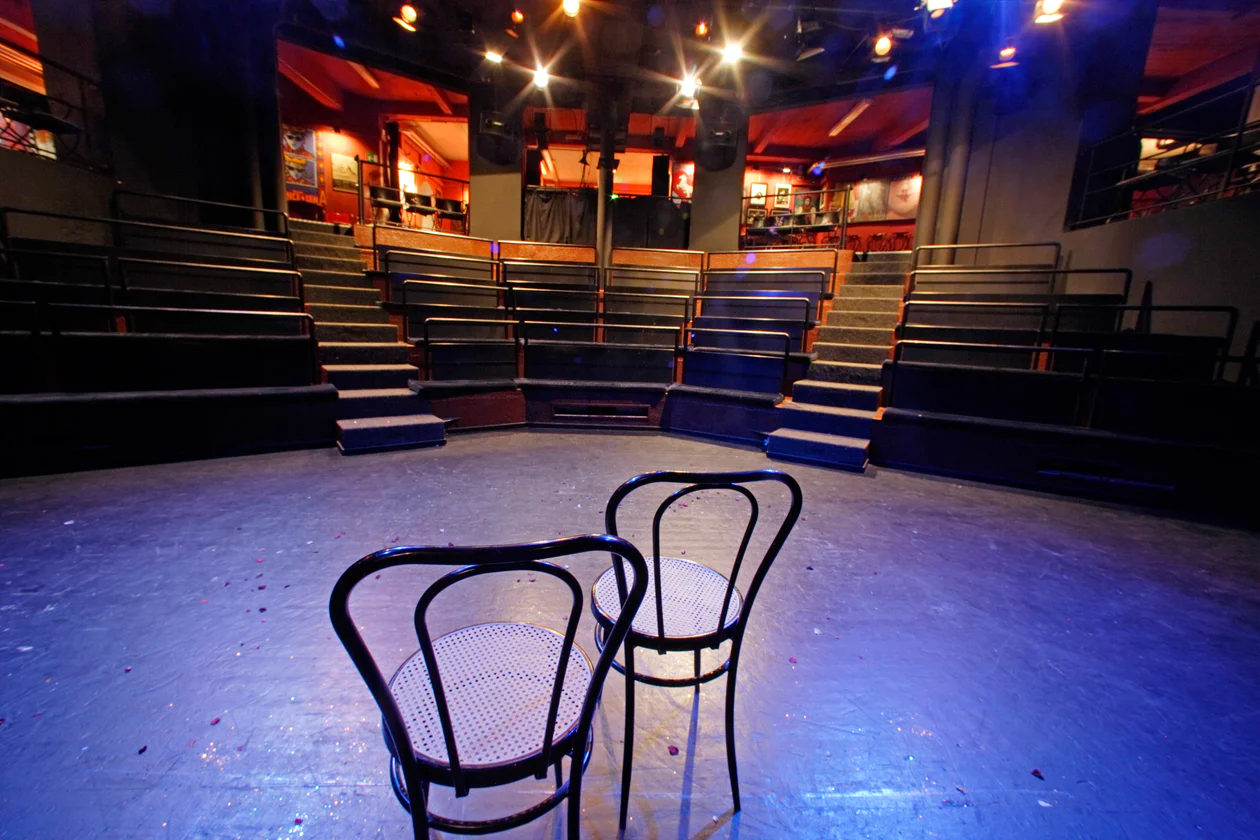The Nature Park Visitor Center of Villnöss brings visitors closer to nature and is the perfect place to dwell on. A walkable aerial photo gives visitors a bird‘s eye perspective of the Puez-Geisler Nature Park. The exhibition area “Touch the mountains” focuses on the key topic - the geology of the Dolomites. The Puez-Geisler Nature Park has been designated the “Dolomites site office” because it is home to all of the rock types, deposits and weathering that are typically found in the Dolomites. The Puez-Geisler Nature Park in the Dolomites is estendet on a area of the 3 valleys: Gadertal valley, Gröden valley and Villnöss valley. The “Nature’s treasure trove” on the second floor contains plenty to discover: animal fur, bird’s eggs, feathers, footprints, droppings, teeth, antlers, medicinal herbs … all of which - and much more - is on display and can be touched! The “Conquering Mountains” room is primarily dedicated to alpinism. The world’s probably most famous alpinist, Reinhold Messner, comes from Villnöss. He talks about his experiences in the mountains in a short film. The “Puez-Geisler Nature Park film” is also shown daily in the mountain cinema. Leave your stress at home, discover the world of the mountains, and feel like a hunter in the woods.






























































































